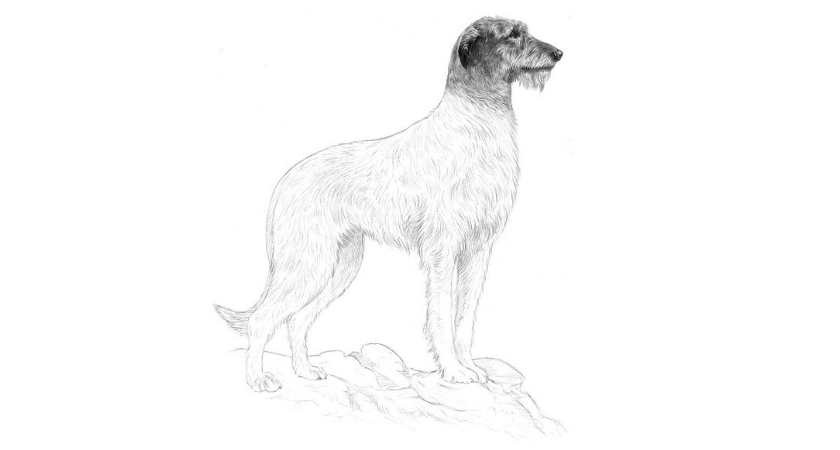FUTURE Irish passports are set to feature the Irish wolfhound as part of a redesign.
An image of the breed will take centre stage in the new passport book after it emerged as the favourite animal in a public consultation.
Tánaiste Micheál Martin recently got a preview of the designs for the new passport, as well as meeting Boánn, the Irish wolfhound that inspired the illustrations.
"It was important to see first-hand how the design team is transforming the public's input into a coherent passport design," said the Tánaiste.
"The Irish passport is a vital document of the Irish State that provides citizens with visa-free access to 192 countries.
"This redesign is fundamental to maintaining the integrity and reputation of the Irish passport worldwide.
"As well as seeing the initial designs, I was also delighted to meet Boánn, the majestic wolfhound, who has inspired some of the intricate artwork that will feature in our next generation passport.
"The Irish wolfhound was the most popular animal chosen by the public in our recent public consultation, and will feature prominently in our new passport."
 An early draft sketch of the Irish wolfhound for inclusion in the next passport (Image: Department of Foreign Affairs)
An early draft sketch of the Irish wolfhound for inclusion in the next passport (Image: Department of Foreign Affairs)The initial drawings presented to the Tánaiste are the first steps in transforming public feedback into a new passport book design.
The modern Irish wolfhound, which ranges in height from around 28" to 34", was developed in the late 19th century by enthusiast George Augustus Graham.
According to the Irish Kennel Club, he used Deerhound blood and the occasional outcross of Borzoi and Great Dane to achieve a dog that was accepted as a legitimate revival of the breed.
The organisation says the original Irish wolfhound was already established in Ireland in the first century AD when Setanta changed his name to Cú Chulainn (the hound of Culann).
In the 15th century, each county in Ireland was required to keep 24 wolfdogs to protect farmers' flocks from the ravages of wolves.
However, the gradual disappearance of the wolf and continued demand for the breed abroad contributed to its decline.
The Irish Kennel Club says interest in the dog was revived with the growth of Irish nationalism in the late 19th century.

